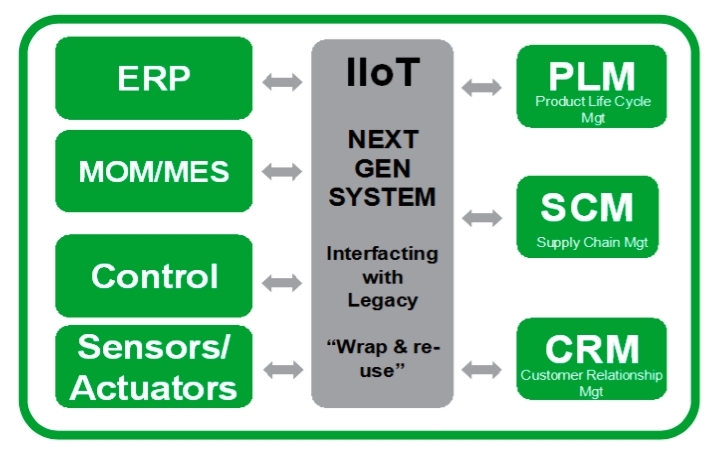
Published on 05/29/2017 | Technology
The Industrial Internet of Things (IIoT) is often presented as a revolution that is changing the face of industry in a profound manner. In reality, it is an evolution that has its origins in technologies and functionalities developed by visionary automation suppliers more than 15 years ago. As the necessary global standards mature, it may well take another 15 years to realise the full potential of IIoT. Over this period of time the changes to the industry will be far reaching. The good news is that end users and machine builders can now leverage their existing investments in technology and people while taking advantage of available new IIoT technologies. Introducing IIoT solutions using a “wrap & re-use” approach, rather than a “rip & replace” approach will enable greater business control. In addition, this measured approach will drive the evolution towards a smart manufacturing enterprise that is more efficient, safer, and sustainable.
The emergence of the IIoT megatrend has created both hope and confusion among stakeholders responsible for operating industrial plants. Much of the early hype is focused on the impact of technological advancements on existing automation platforms.
However, one of the challenges in understanding the potential of IIoT is the very large scope of applications. In the area of smart enterprise control, for example, we will see self organizing machines and assets that enable mass customization and lot sizes of one. In the realm of asset performance, the collection and analysis of data from increasing numbers of cost-effective and intelligent sensors will increase business performance and asset uptime. A new generation of “augmented” workers will leverage cutting edge technologies, including mobile devices and augmented reality. With easier access to information across the enterprise, their work becomes simplified and production systems grow more profitable. Some of these changes can be implemented in the short to medium term, others will require a gradual evolution with end users and OEMs incrementally adding functionality to their existing legacy systems as new international IIoT standards are established.
You can find and download the full report here.